Performed by: Nam Nguyen | October 10, 2024
(Fatherland) - On October 10, 1954, the national flag raising ceremony at the Hanoi Flag Tower became a sacred moment, marking a milestone in the history of the Vietnamese nation: the capital Hanoi was liberated. The Hanoi Flag Tower was a 'witness' to that heroic historical moment of the capital.
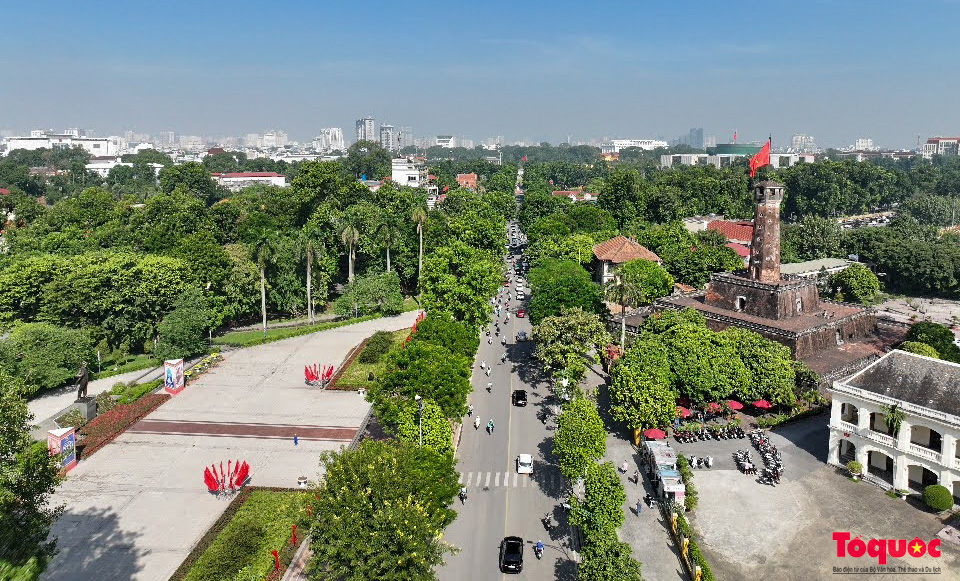
After the Dien Bien Phu victory that resounded throughout the five continents and shook the world, on October 10, 1954, the five gates of the city were opened wide, filled with flags and banners welcoming the troops marching to Hanoi, officially taking over the capital. And October 10, 1954 was the day that marked a great milestone in the history of the Vietnamese nation: the capital Hanoi was officially liberated.

Standing majestically on Dien Bien Phu Street, located within the grounds of the Vietnam Military History Museum, Hanoi Flag Tower is a unique architectural relic, a historical witness of the Capital.
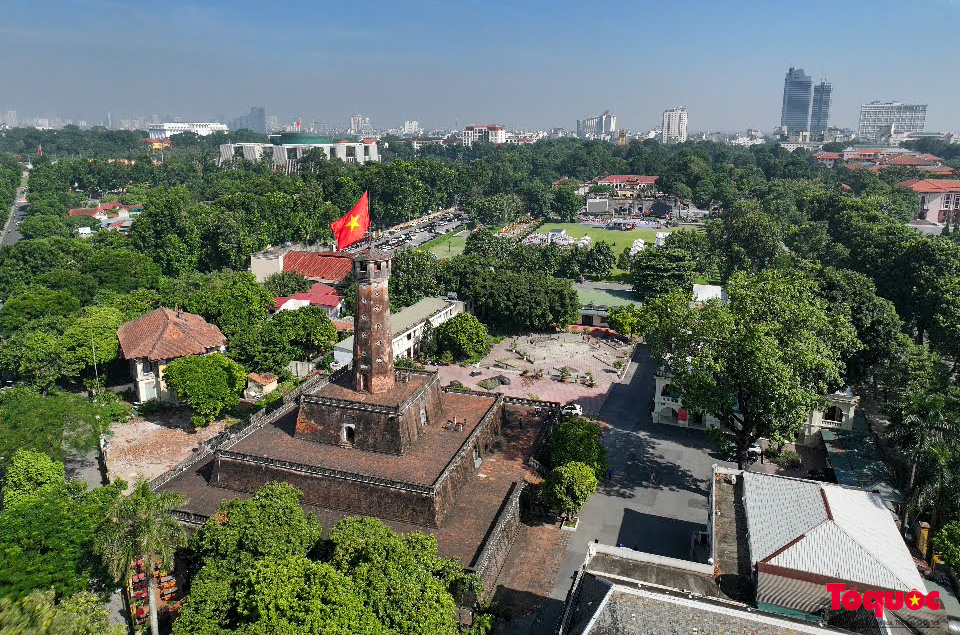
Hanoi Flag Tower was built in 1805 and completed in 1812 under the reign of King Gia Long of the Nguyen Dynasty.
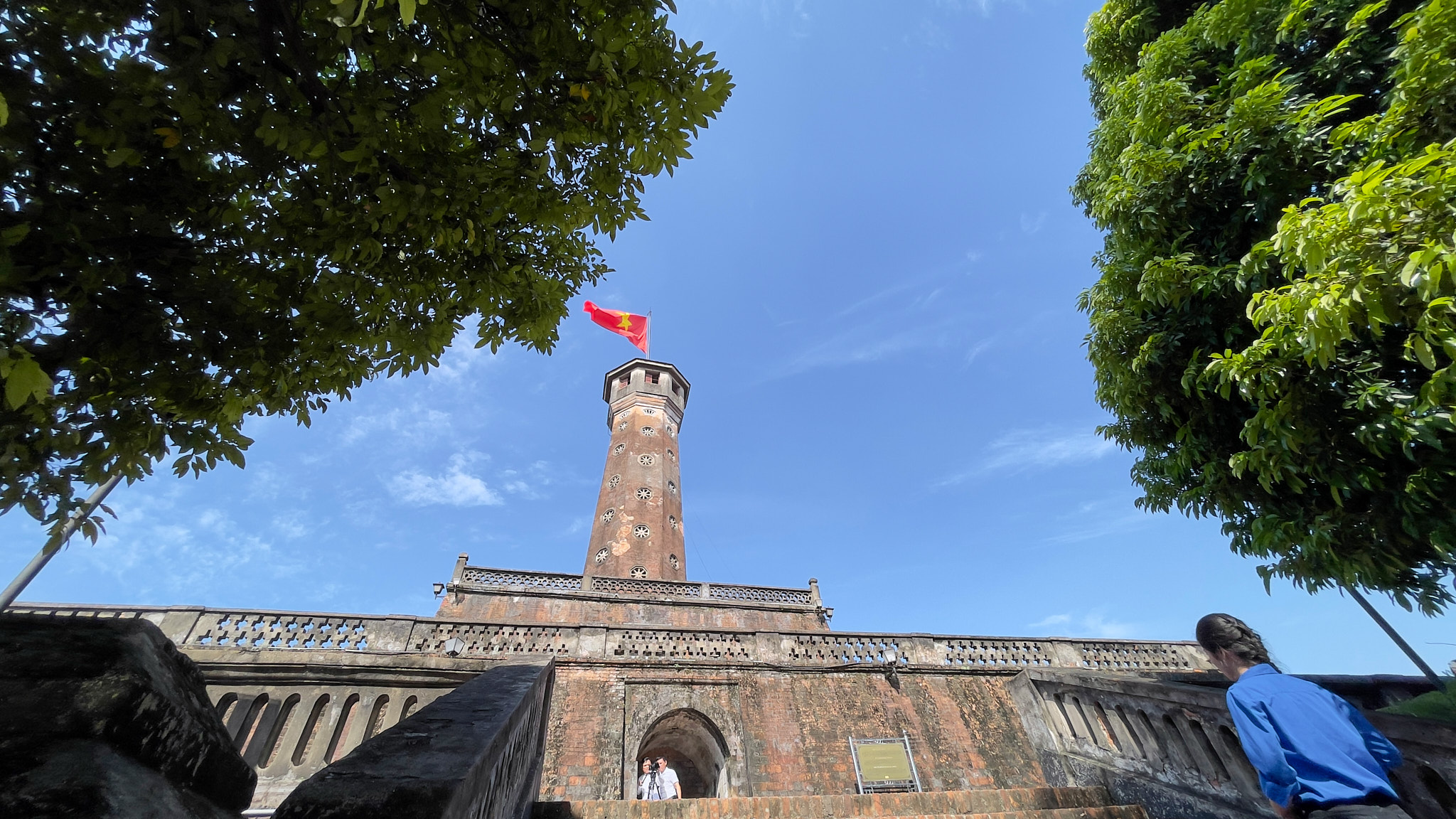
At the Hanoi Flag Tower, there were two battles between the Nguyen Dynasty soldiers and the French soldiers, the first in 1873, the second in 1882, the French soldiers occupied this place as a military base. They used the Flag Tower as an observation post throughout the resistance war against the French by our army and people.
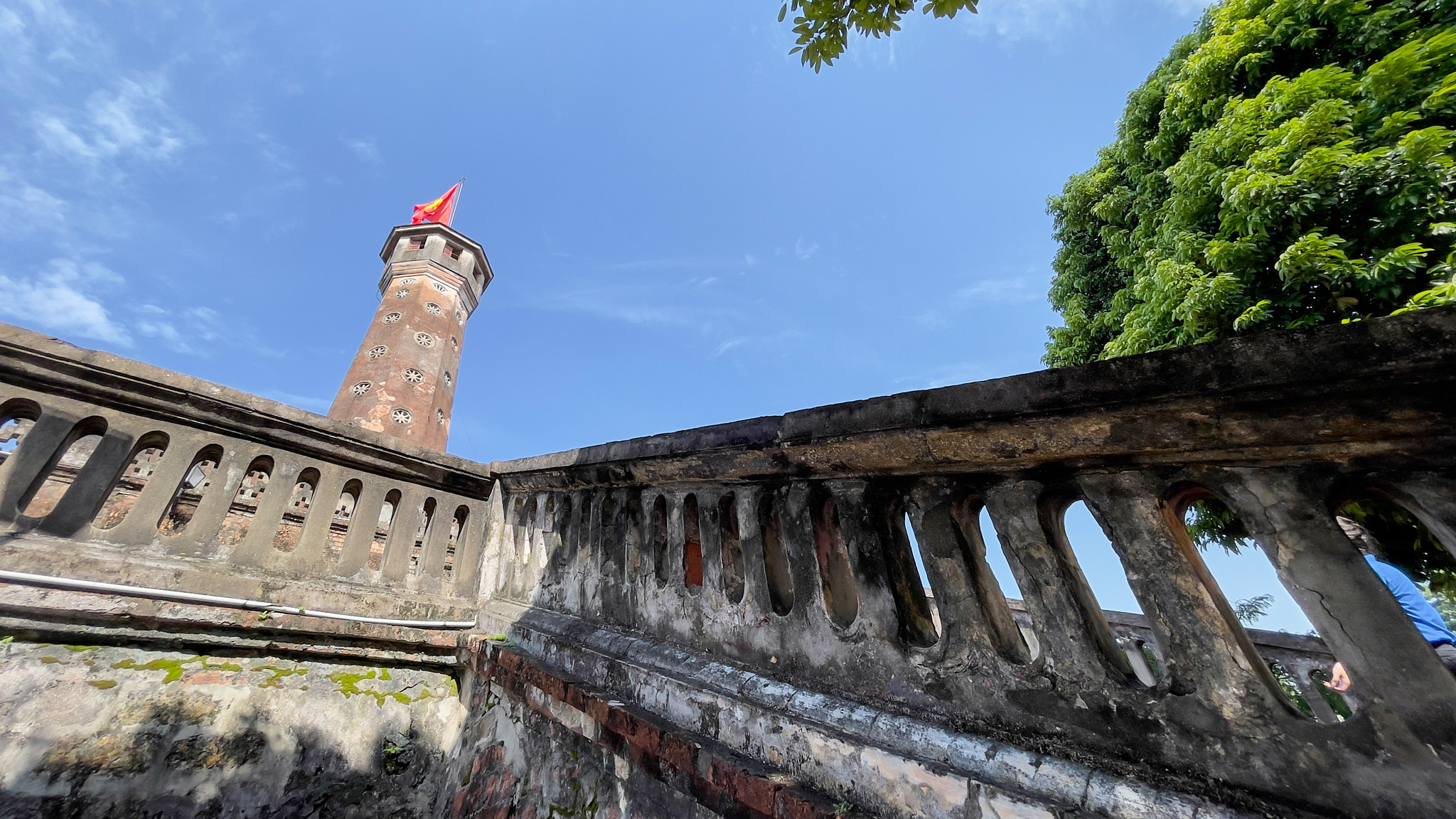
According to the documents of the Thang Long - Hanoi Heritage Conservation Center, the Hanoi Flag Tower was built with three bases and a column body. The bases are square pyramids, gradually smaller, overlapping each other. At each level, the walls are decorated with different patterns, although simple, creating soft lines and unique beauty.
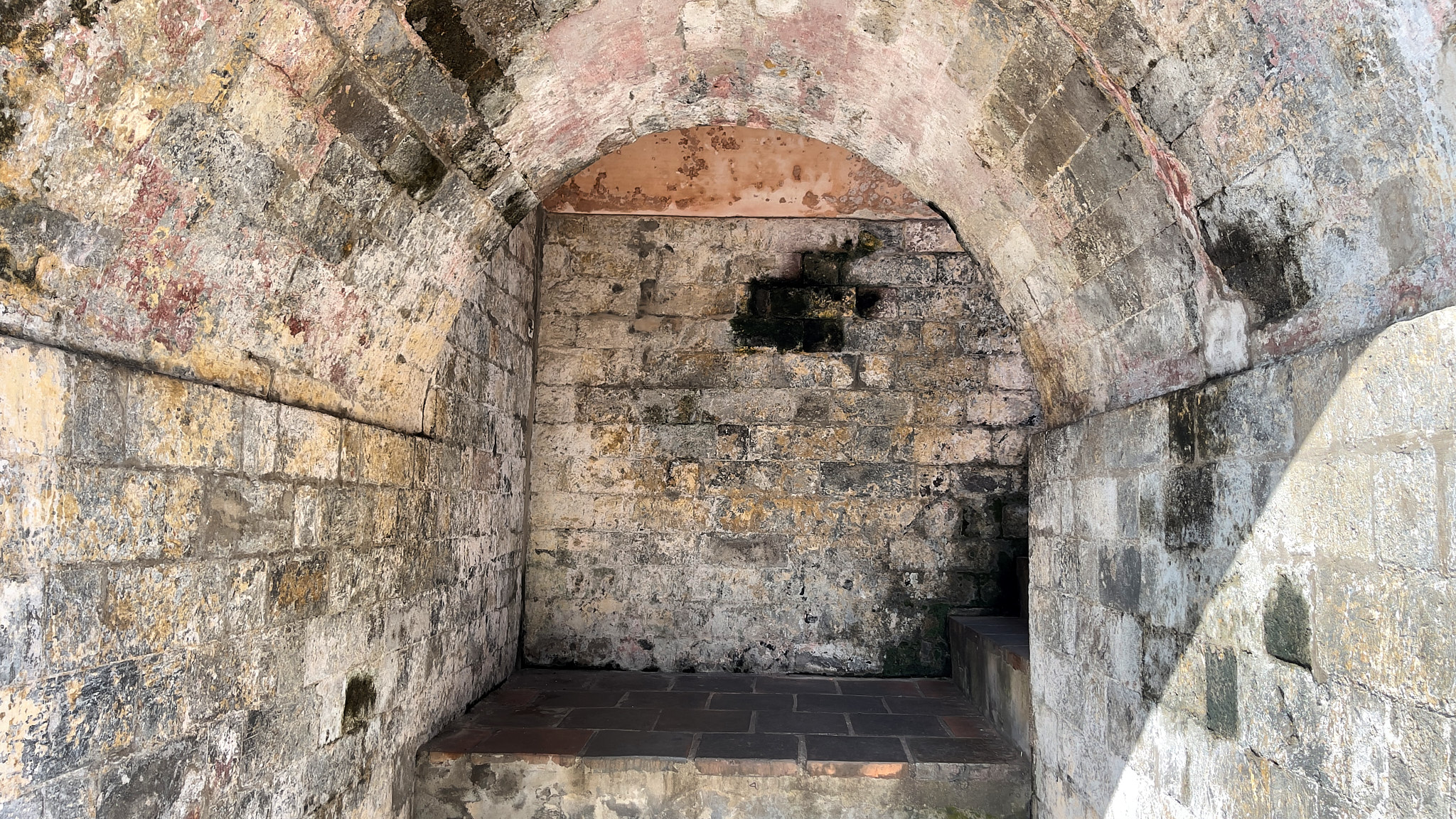
The first floor, each side is 42.5m long; 3.1m high, has two brick stairs leading up. The second floor, each side is 27m long; 3.7m high, has four doors. Except for the North door, the other doors have two personal names carved on them. On the East door is “Nghenh Huc” (welcoming the morning light), on the West door is “Hoi Quang” (reflecting light), on the South door is “Huong Minh” (facing the light).

The East door helps this building get morning light, the West door receives afternoon light, and the South door receives light at times when the other two doors cannot, or to receive light in the middle.
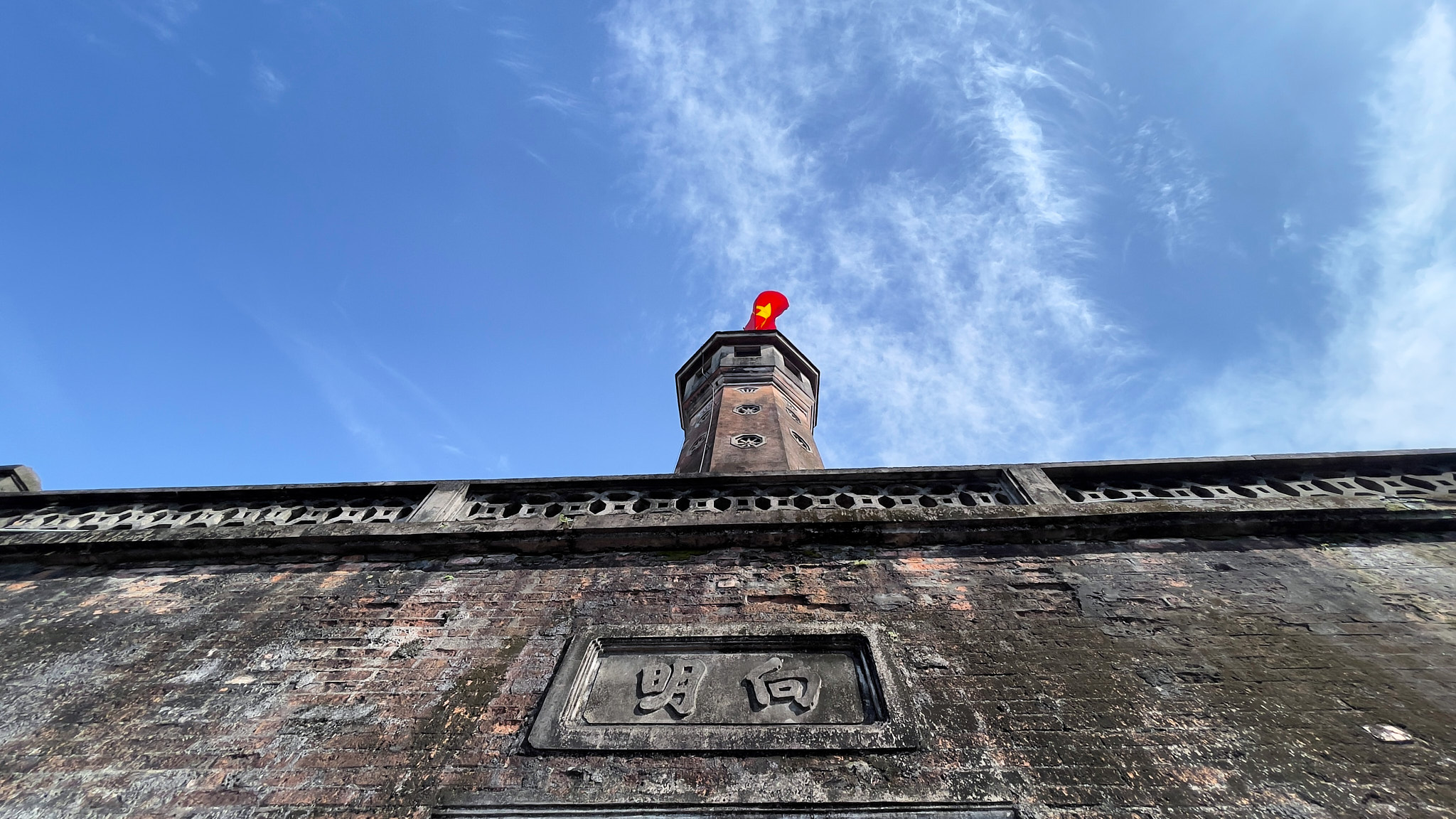
These doors are connected to each other through archways, creating many small rooms with vaulted ceilings. In the ceiling of the north door, there are two holes leading to the terrace, which can be sound pipes from above (in the form of mouth speakers). The north door has two stairs to the terrace on the right and left, each staircase has 14 steps, with iron handrails.
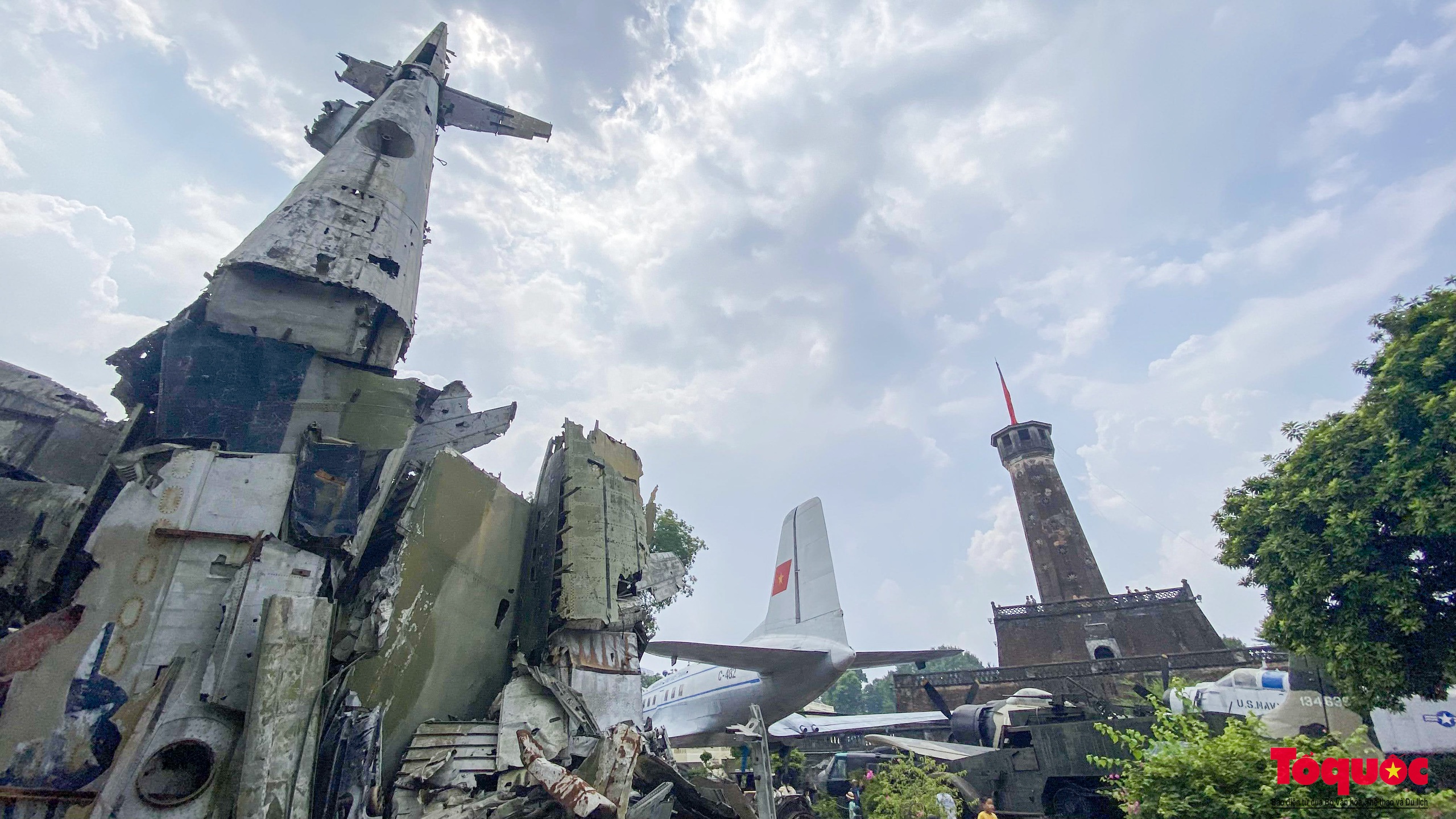
Since its construction, Hanoi Flag Tower has become a witness to the ups and downs of the capital.
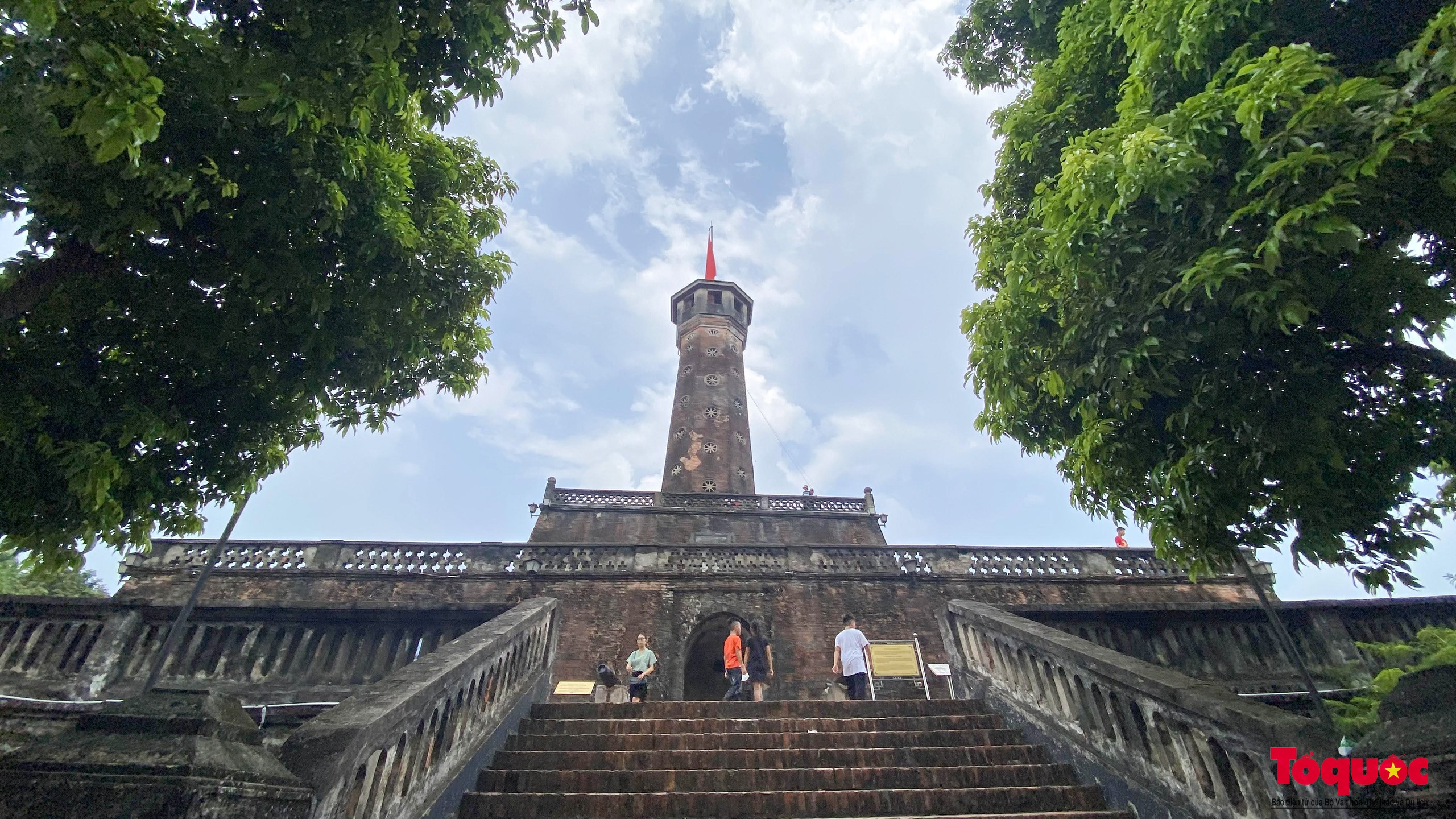
In 1954, before our army liberated Hanoi, the French army ordered the destruction of the iron section of the Flagpole on the Hanoi Flag Tower, making it difficult for those who took over. Platoon 52 of Battalion 444 of the Engineer Regiment 151, which reinforced the Capital Regiment, was assigned to restore that section of the flagpole and raise the flag on the pole.
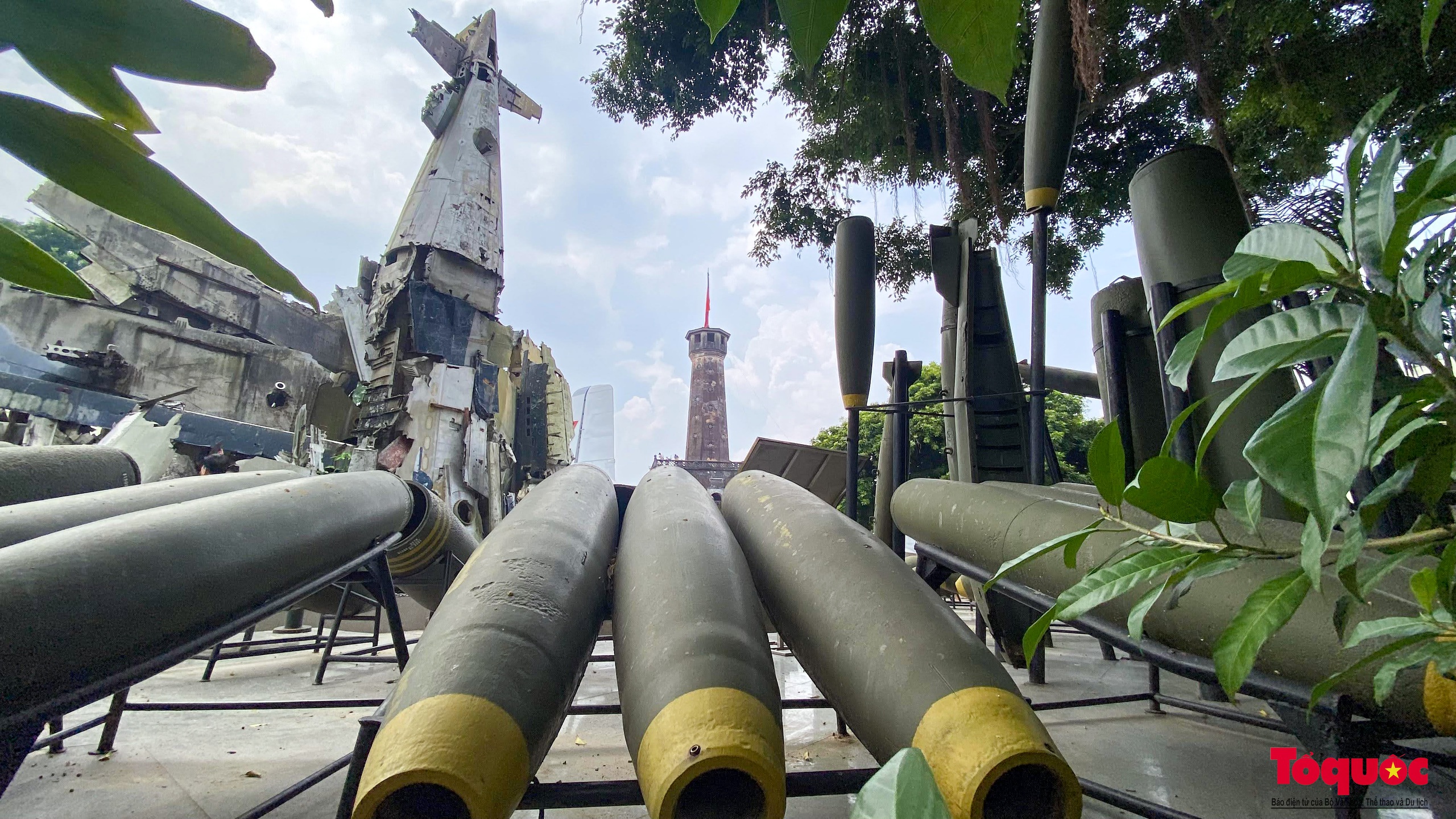
According to the order of the Vanguard Corps Commander Vuong Thua Vu: “At all costs, the unit must replace the broken flagpole on the tower and raise the national flag, preparing for the flag-raising ceremony to celebrate the liberation of Hanoi on October 10, 1954. Everything must be completed by the night of October 9, 1954.”
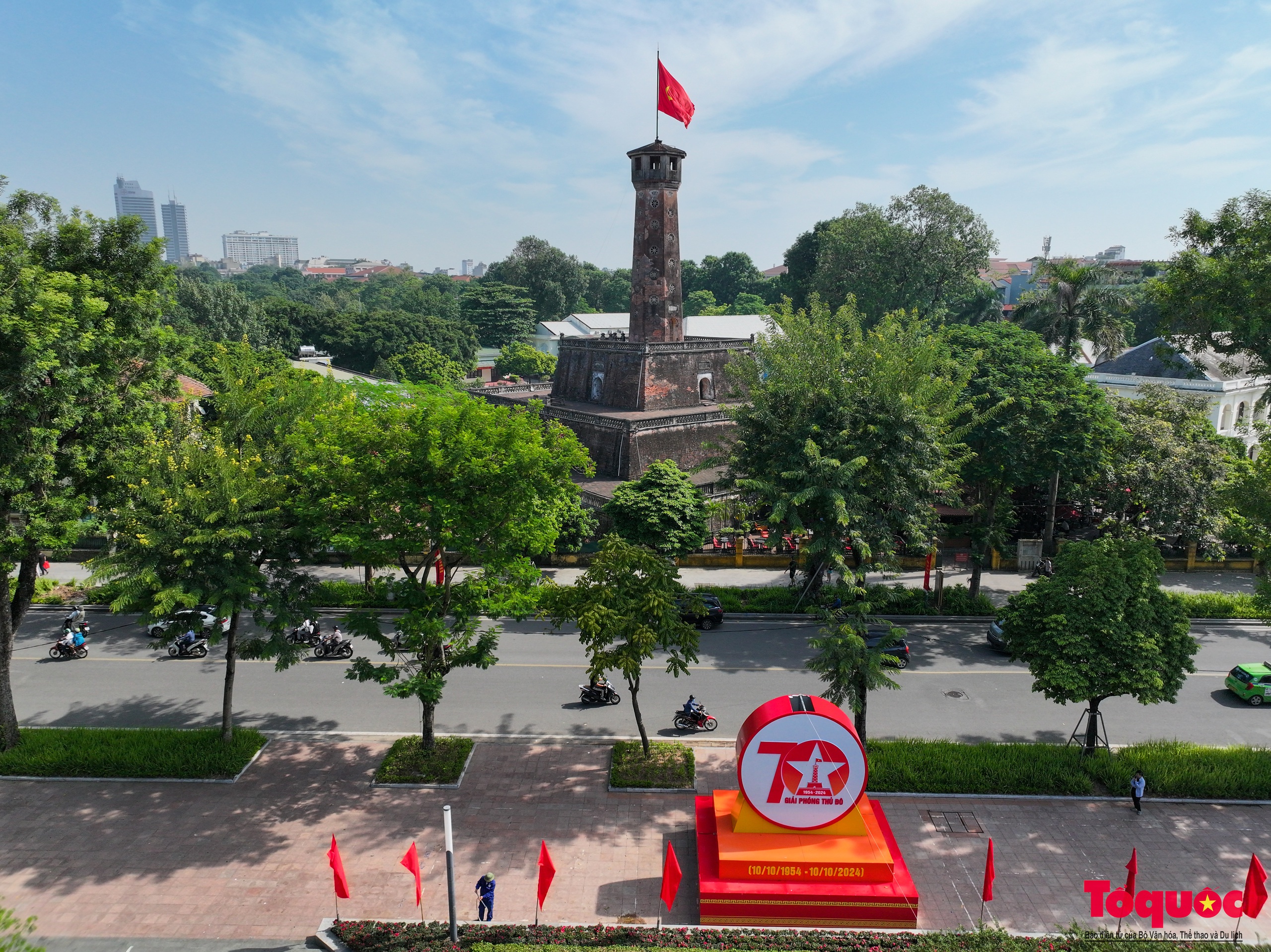
Receiving the task, the entire platoon was excited to find a solution to erect the flagpole and raise the flag to the top. On the night of October 9, 1954, the engineers of the Capital Regiment worked hard to complete the task of installing a 200 kg steel pipe on the flagpole to hang the national flag of more than 50 square meters.
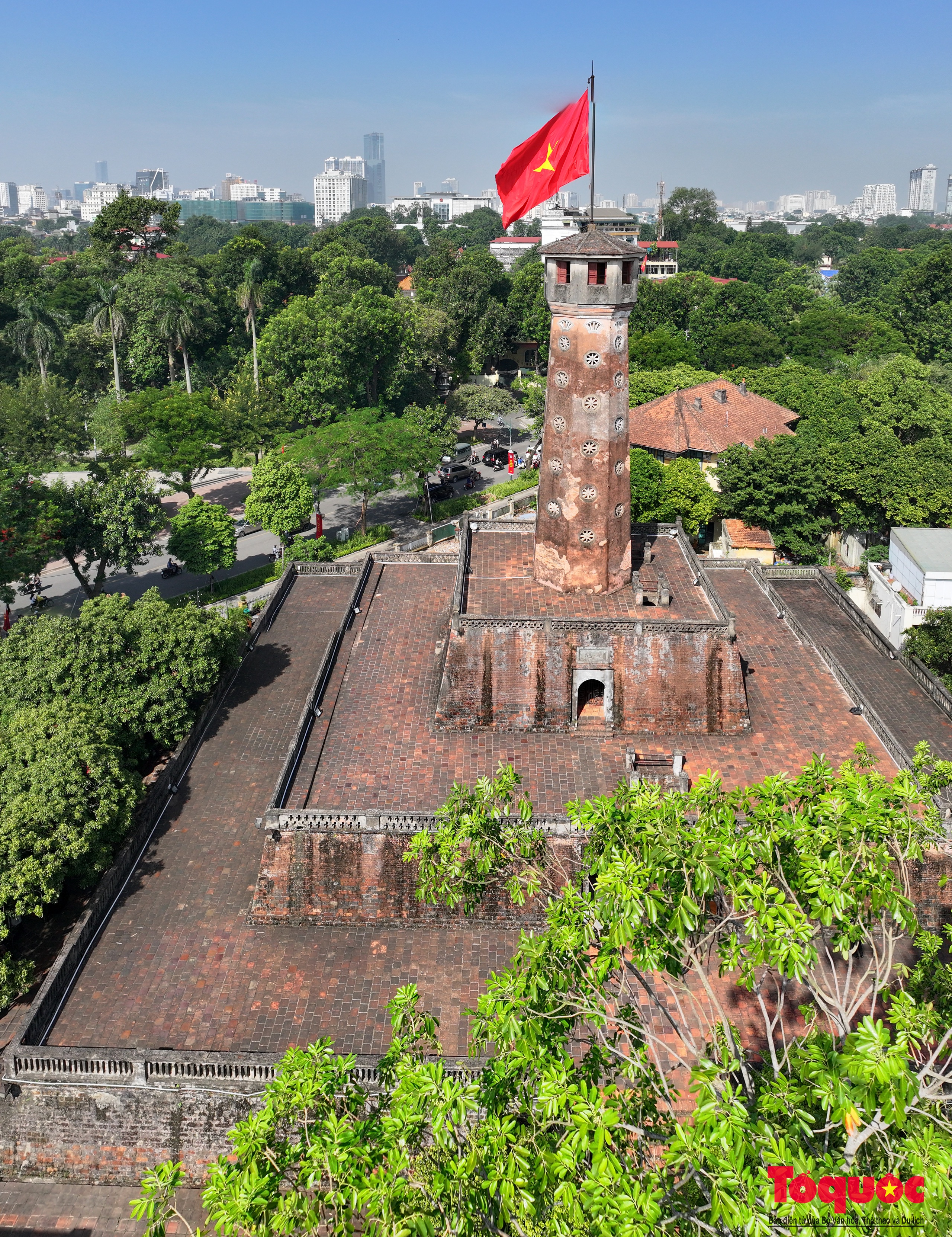
At 3:00 p.m. on October 10, 1954, soldiers and people of Hanoi from all directions poured into the Flag Tower.
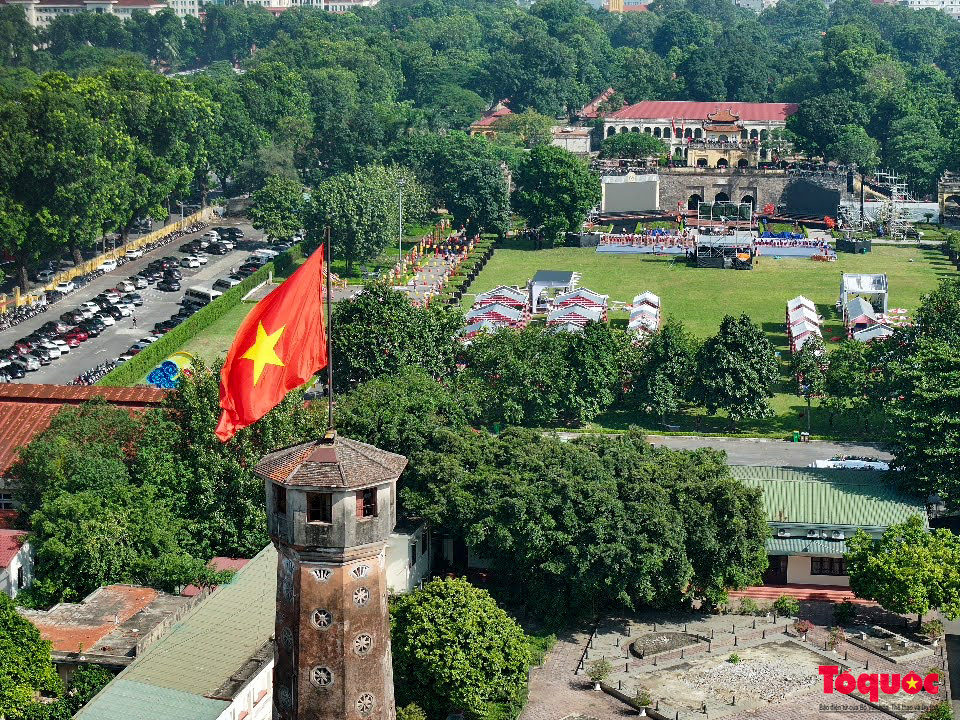
Here, after a long whistle from the City Theater, the proud national flag was slowly raised high. For the first time after 9 years of resistance, the national flag fluttered to welcome the troops marching to liberate the capital and tens of thousands of people of the capital Hanoi. The national flag hung on top of the Hanoi Flagpole is 4m x 6m in size, 24 square meters in area, sewn with satin fabric, the flag corners are quilted in a diamond shape to withstand strong winds. Whenever the flag fades or is torn, it will be replaced immediately to preserve a sacred symbol of the country.
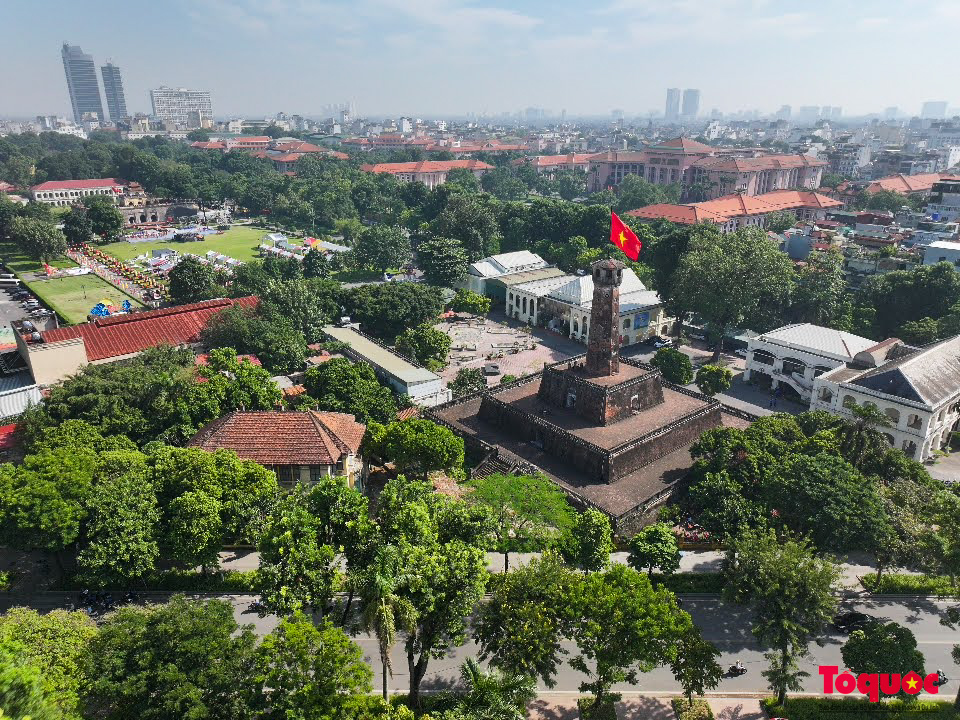
Through the ups and downs of time, Hanoi Flag Tower has become one of the symbols of the heroic capital, a thousand years of culture. In 1989, Hanoi Flag Tower was recognized as a historical relic. The image of the Flag Tower has also been chosen as a model for posters, stamps, book covers...; has entered the works of many artists and is deeply imprinted in the hearts of every Hanoi lover.
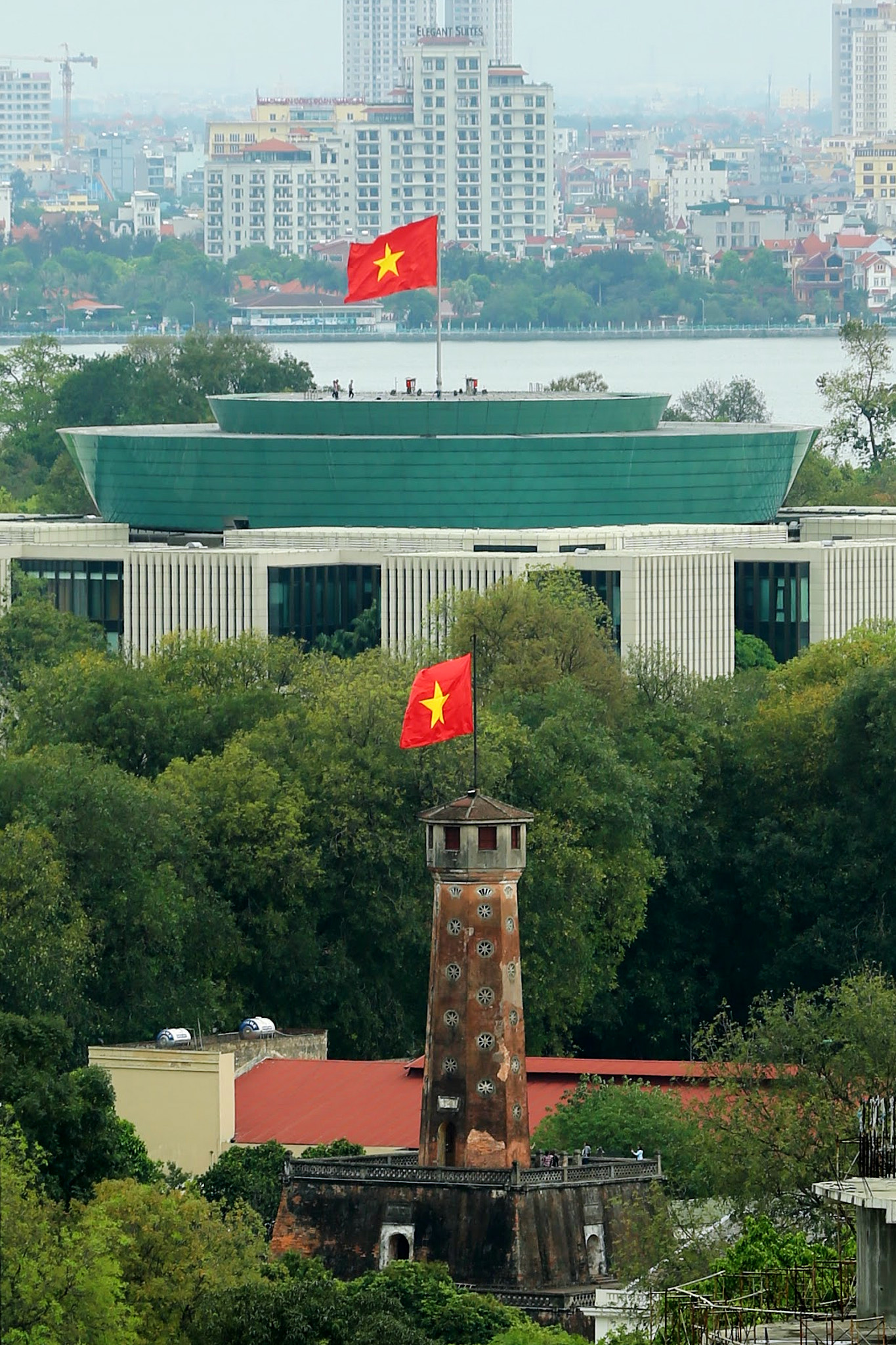
Over time, overcoming all the harshness of nature and the destruction of war, witnessing many historical events of the nation, Hanoi Flag Tower still stands tall carrying the national flag, symbolizing the will of independence and autonomy of the Vietnamese people. Hanoi Flag Tower is a "historical witness", a symbol of glory and pride of the Vietnamese people.
Source: https://toquoc.vn/cot-co-ha-noi-chung-nhan-lich-su-ngay-tiep-quan-thu-do-20241009190627763.htm


![[Photo] Phuc Tho mulberry season – Sweet fruit from green agriculture](https://vstatic.vietnam.vn/vietnam/resource/IMAGE/2025/4/10/1710a51d63c84a5a92de1b9b4caaf3e5)

![[Photo] Prime Minister Pham Minh Chinh chairs meeting to discuss tax solutions for Vietnam's import and export goods](https://vstatic.vietnam.vn/vietnam/resource/IMAGE/2025/4/10/19b9ed81ca2940b79fb8a0b9ccef539a)
![[Photo] Unique folk games at Chuong Village Festival](https://vstatic.vietnam.vn/vietnam/resource/IMAGE/2025/4/10/cff805a06fdd443b9474c017f98075a4)


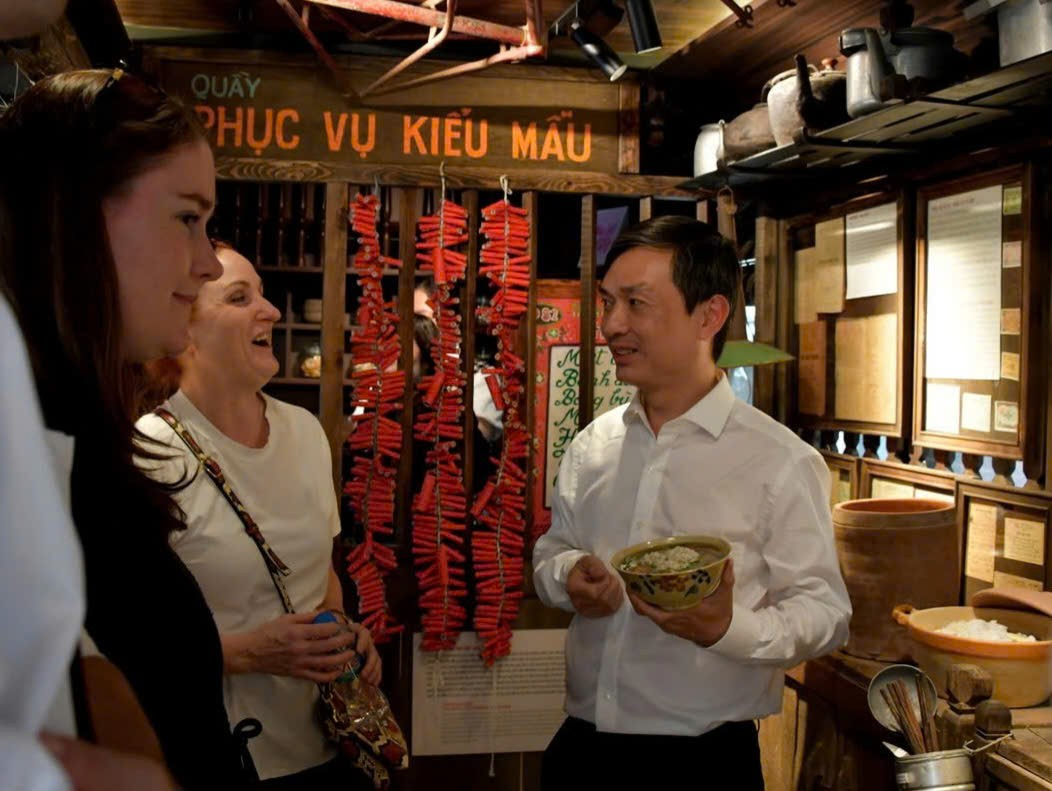



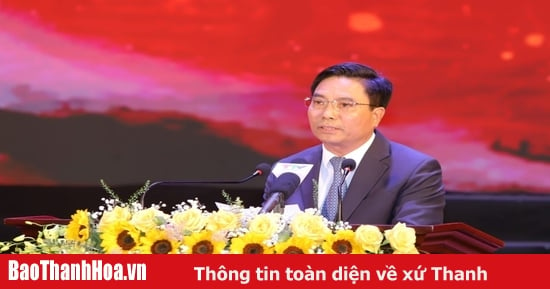





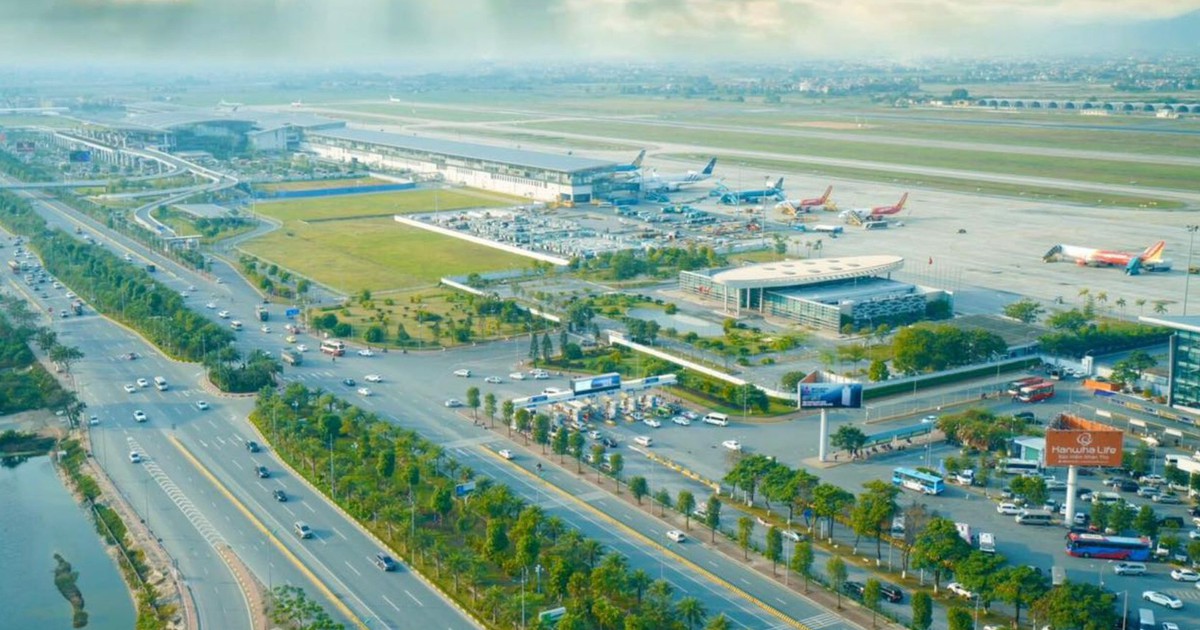





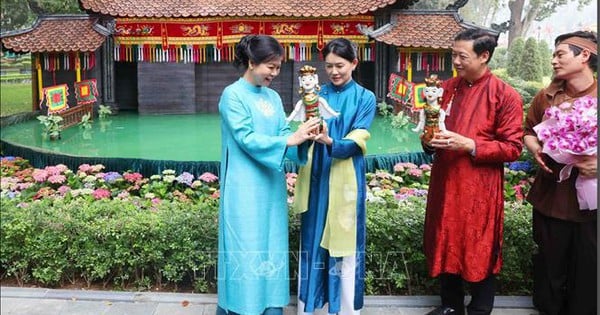



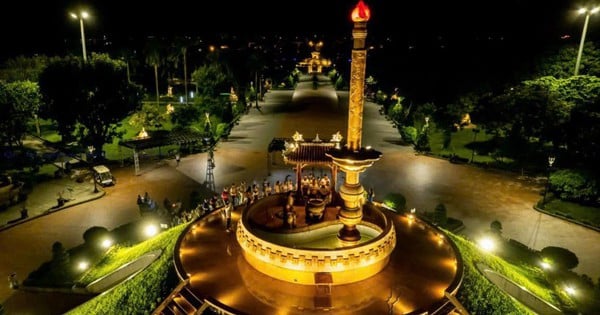


















































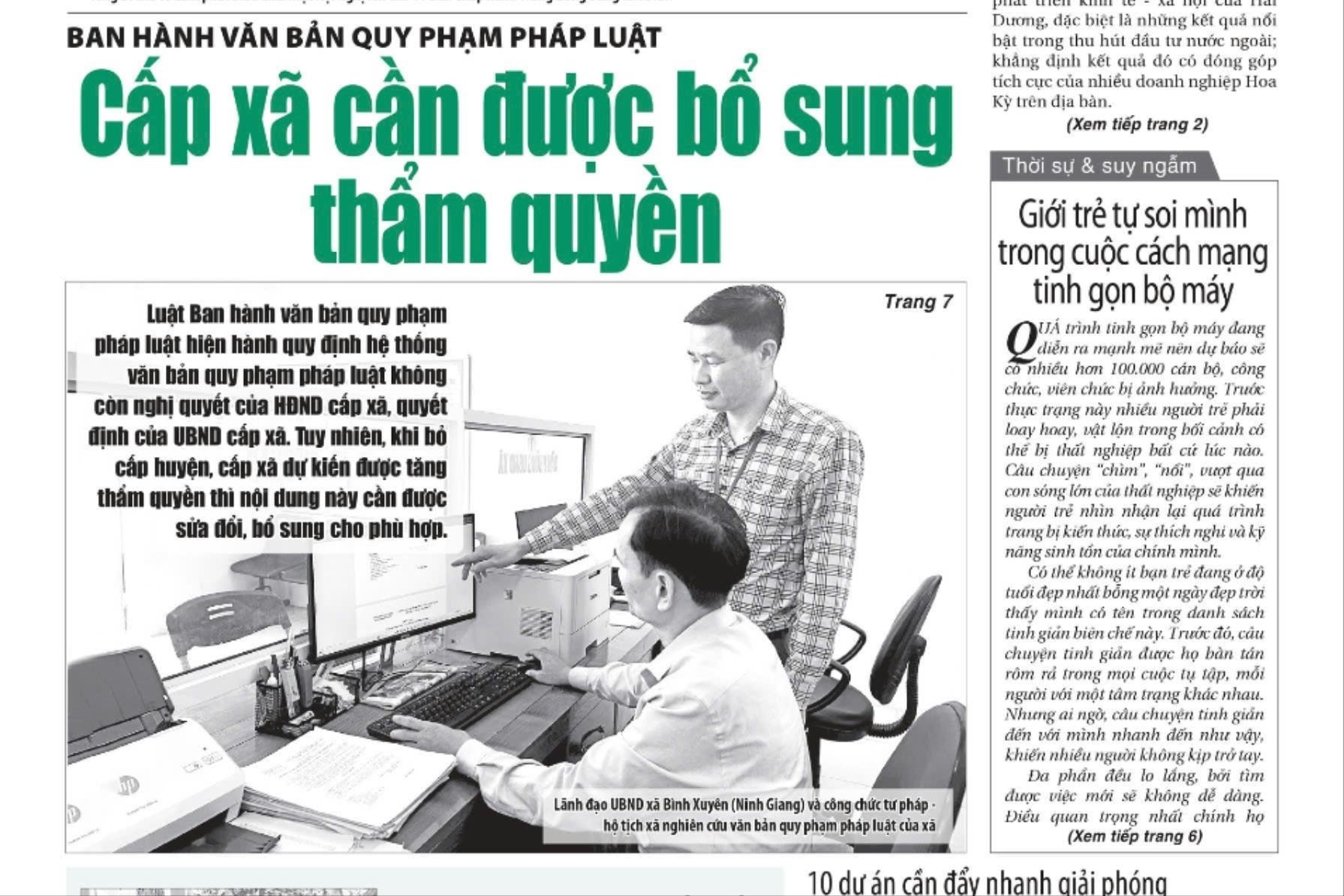










Comment (0)